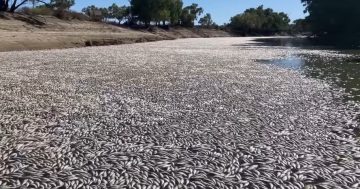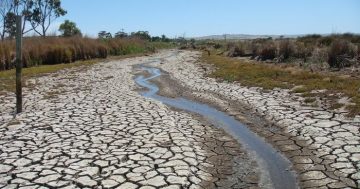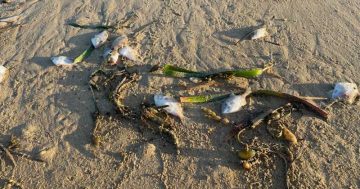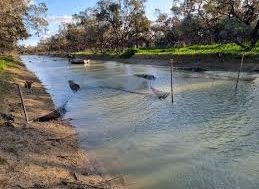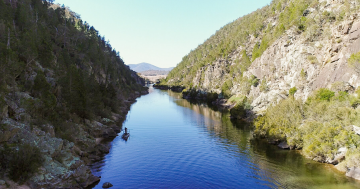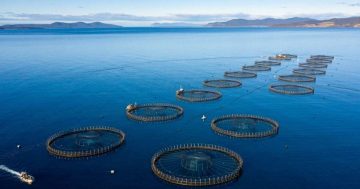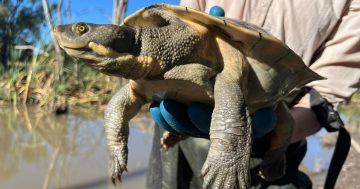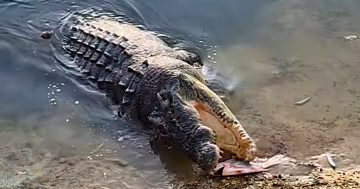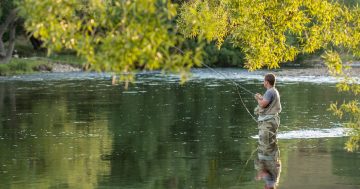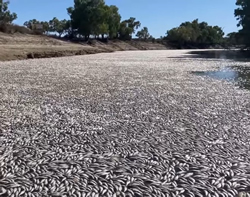 The recent mass fish deaths in NSW’s far west will “most likely” happen again, according to experts at the Commonwealth Scientific and Industrial Research Organisation (CSIRO).
The recent mass fish deaths in NSW’s far west will “most likely” happen again, according to experts at the Commonwealth Scientific and Industrial Research Organisation (CSIRO).
Research Director, Water Security at CSIRO, Carmel Pollino said the recent incident in Menindee was distinct from the 2019 mass fish death in the area which was caused by severe drought and very low river flows.
“The fish deaths occurred because of low dissolved oxygen (DO) levels,” Dr Pollino said.
“Dissolved oxygen is a measure of the concentration of oxygen available for consumption by organisms within a body of water,” she said.
“It’s critical for their survival.
“Low DO, and in turn fish deaths, are caused by a combination of prevailing weather conditions, the available water in the river up to and during the event, as well as water quality conditions.”
Dr Polino said the mass fish death phenomenon would most likely to happen again because extreme events such as droughts and floods were expected to increase in frequency due to climate change.
She said efforts to monitor waterways and estuaries were important to predict future events.
“Predicting exactly where and when these events will occur is difficult, but understanding the impact of river regulation on river flow and hydraulics, and associated water quality and ecological processes can provide a guide to both predicting and managing future events,” the Research Director said.
Dr Polino said allowing for better fish movement, particularly when water quality deteriorated, was one way for the community and Government to respond to similar situations in the future.
She said ensuring there was enough water to maintain connection in river channels (i.e. continuous flowing water) could allow fish to move away from low DO areas, “the more free-flowing and connected a river is, the less likely the conditions leading to fish deaths are likely to occur, even under low flows.”
Dr Polino also recommend that temperature and oxygen sensors be installed at different depths of the Darling River to feed into a comprehensive water quality monitoring system.
“Integrated monitoring and early warning systems allow ecosystem managers to choose appropriate mitigation actions,” she said.
“Hydrologists working with fish ecologists can then evaluate risks of potential fish deaths.”



